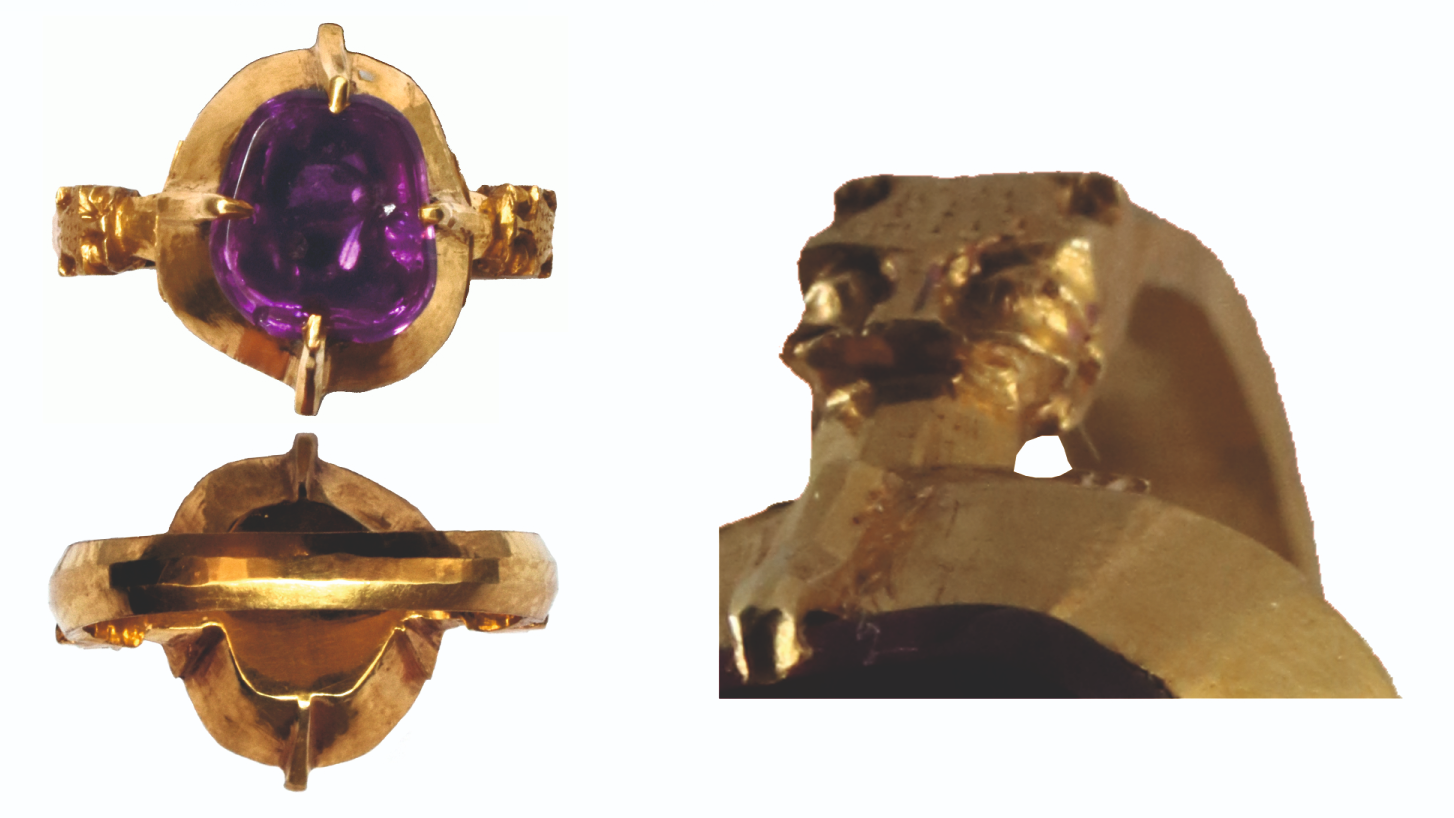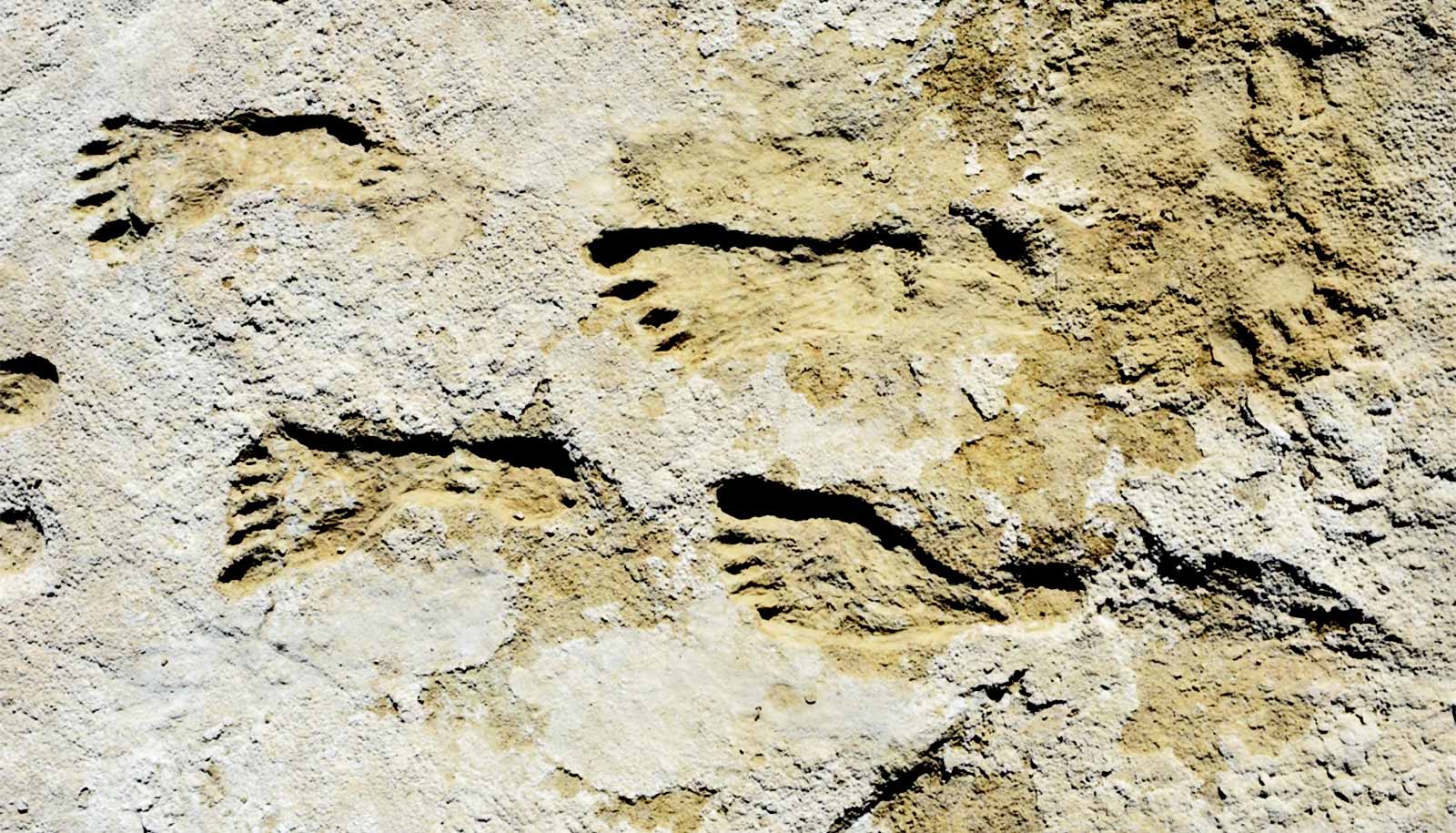Construction workers find Viking graves linked to King ‘Bluetooth’
The site includes relics illustrating a ‘vast and dynamic world.’ The post Construction workers find Viking graves linked to King ‘Bluetooth’ appeared first on Popular Science.

Construction workers digging about four miles north of Aarhus, Denmark have accidentally discovered a “spectacular” Viking gravesite. Dating back to the second half of the 10th century, the archeological trove may even tie directly to one of Denmark’s most famous rulers: King Harald “Bluetooth” Gormsson. And yes—his legacy is tied to the handy wireless feature in your smartphone.
The roughly 30 graves containing artifacts and treasures represent the era’s entire social hierarchy spectrum, according to an announcement by the Moesgaard Museum. The findings include a gold-threaded box, pearls, coins, ceramics, and even a pair of scissors likely owned by an important noblewoman of the time. The box itself is a particularly remarkable find, as experts believe it’s only the third confirmed example of its kind. Human remains such as bones and teeth were also found at the site along with smaller, less ornate graves that possibly held an elite family’s enslaved workers.

“Together, they paint the picture of an aristocratic environment that was linked to royal power, and which was part of the Vikings’ vast and dynamic world,” Kasper Andersen, a Viking Age historian at Moesgaard, said in a statement.
Archeologists speculate the burial site is probably related to a nobleman’s farm located less than 0.65 miles away. That find, discovered in the 1980s, may have belonged to an earl or steward of King Harald Bluetooth—a legendary figure in his own right.
The son of King Gorm the Old, Harald ruled over Denmark and Norway from around 958–986 CE and allegedly earned his nickname from a conspicuously colored tooth. More importantly, he is remembered for spreading Christianity across Denmark, as well as consolidating power over the regions of Jutland and Zealand.

Bluetooth’s cultural and territorial influence is famously symbolized by the Jelling Stone—a large rune stone erected in its namesake town by the king in 965 CE. The monument served to commemorate his parents and list his accomplishments, and is often referred to as “Denmark’s Birth Certificate.” More recent archeological evidence, however, indicates Bluetooth probably didn’t introduce Christianity to his kingdom, as much as formalize its recognition amid shifting cultural tides.
Despite this, King Harald’s push for unification has remained a focal point in Scandinavian history. His influence is so prominent that during the 1990s, Swedish telecom giant Ericsson picked “Bluetooth” as the working name for a technology intended to “unite” the computer and cellular service industries. The moniker ended up sticking, and the Ericsson T39 cellphone is credited as the first phone to feature Bluetooth connectivity upon its release in 2001.
Its recognizable icon still used today? The Nordic rune for “B,” also featured prominently on King Bluetooth’s Jelling Stone. And, possibly, some of the archeological relics excavated at the burial site. Experts intend to finish excavations this month, after which they’ll begin detailed analysis work on their finds.
The post Construction workers find Viking graves linked to King ‘Bluetooth’ appeared first on Popular Science.






















































































































































